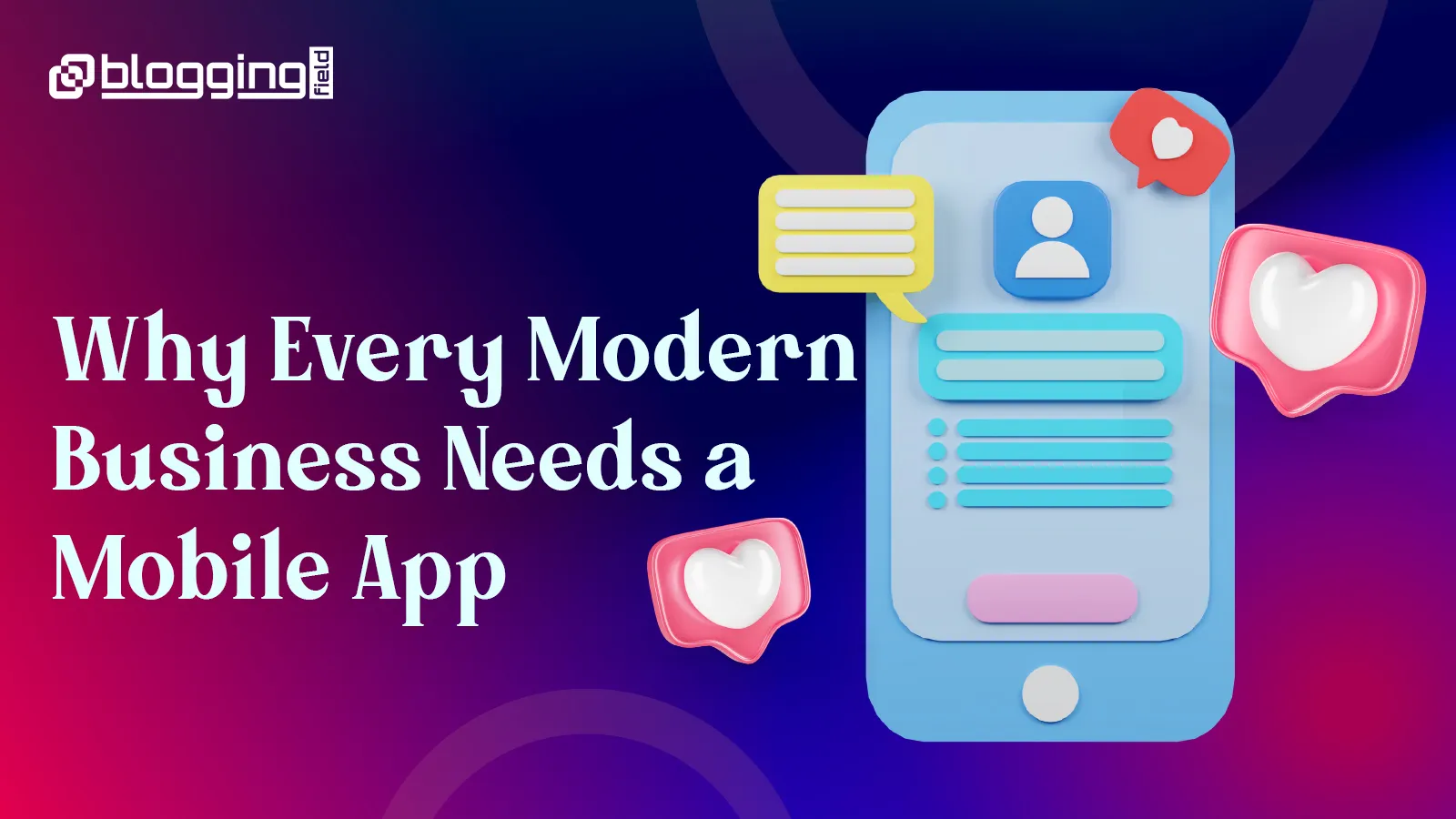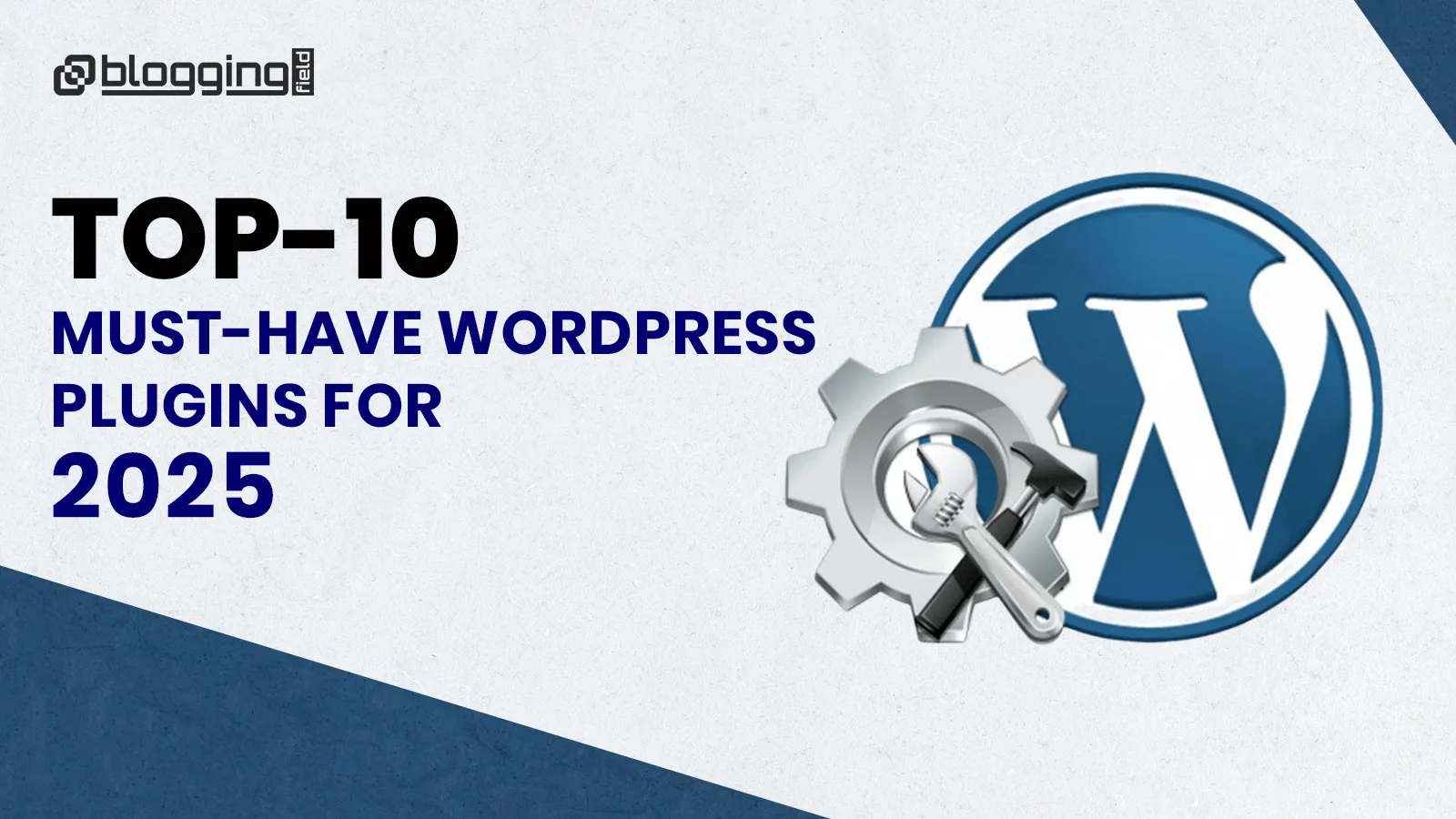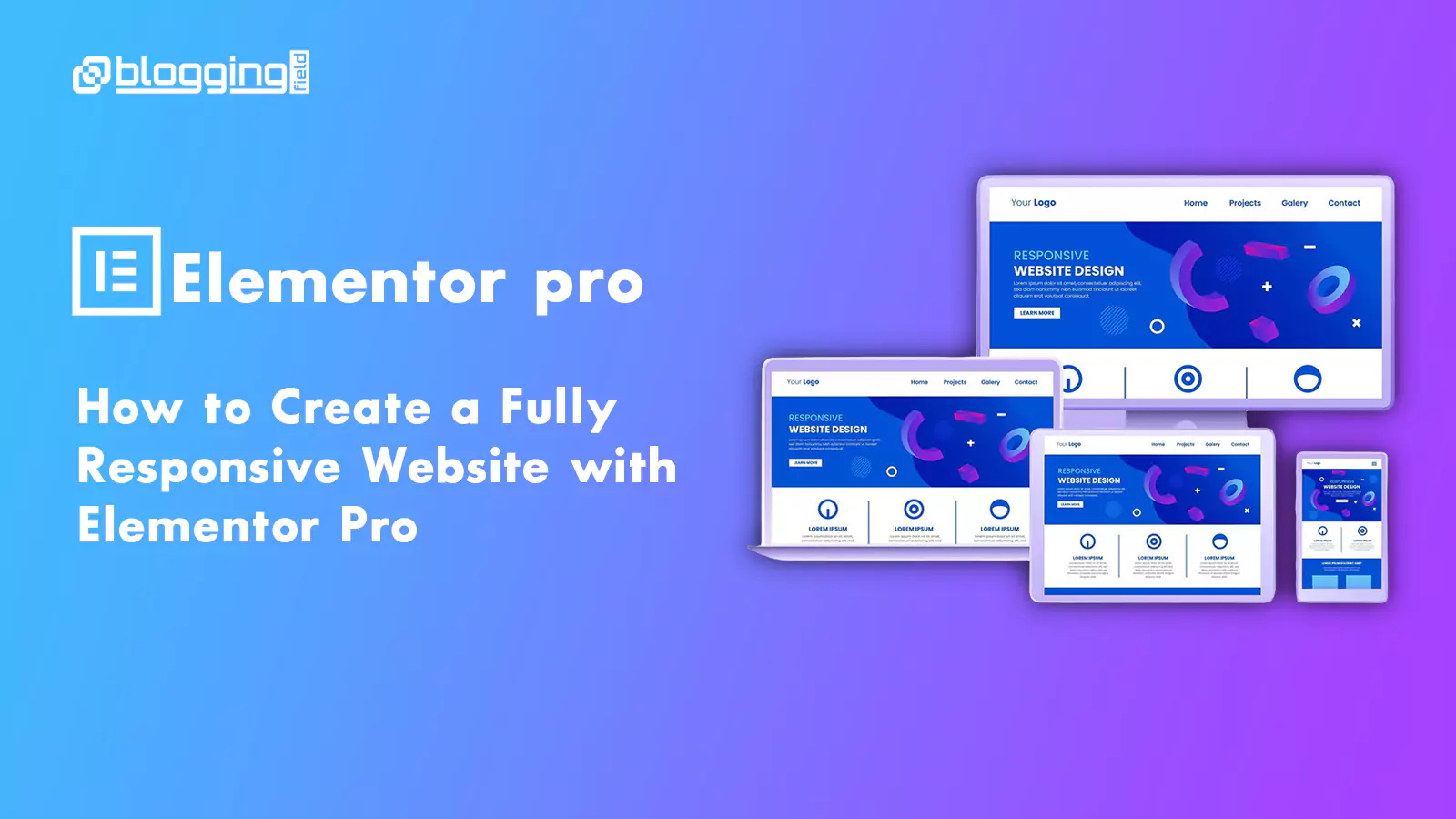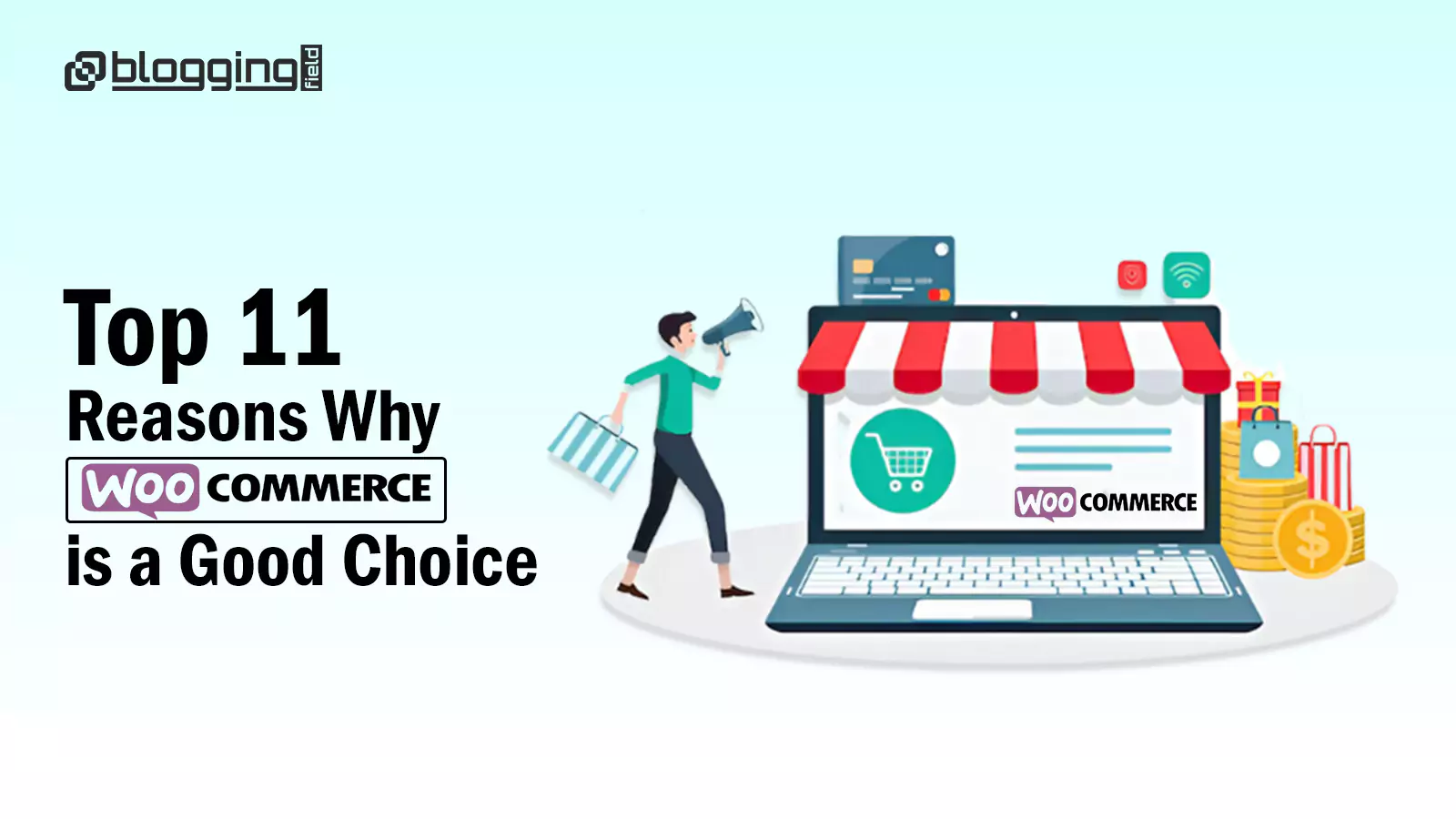Introduction
In today’s hyper-connected digital world, mobile apps have become an essential part of how businesses communicate, operate, and grow. Smartphones are now more than communication tools—they are the center of digital lifestyles. From online shopping and food delivery to financial management and fitness tracking, mobile apps dominate every industry. For modern businesses, a mobile app is no longer just an optional add-on—it’s a strategic necessity. A well-designed app strengthens customer relationships, boosts brand visibility, and increases sales conversions, helping businesses thrive in a competitive marketplace.
How App Transforms Your Business
1. Enhanced Customer Engagement
Customer engagement is the lifeblood of any business, and mobile apps provide the most effective way to keep users connected. Unlike websites that require users to search and browse, apps sit directly on a customer’s device, making access instant and effortless. Through push notifications, businesses can send timely updates, reminders, and exclusive offers directly to users’ screens—keeping them informed and engaged.
For example, an eCommerce store can send personalized discount alerts based on a user’s purchase history, increasing the chances of repeat sales. Apps also allow businesses to provide interactive features such as live chat, feedback forms, and community forums, all of which create a more personalized and engaging experience that encourages long-term relationships.
2. Increased Brand Visibility and Recognition
In an age where attention spans are short, visibility matters more than ever. A mobile app ensures your brand is always just a tap away. Each time users unlock their smartphones, your app icon serves as a constant visual reminder of your brand, reinforcing familiarity and trust.
Consistent branding—through colors, logos, typography, and tone—within the app experience strengthens brand recognition. Moreover, apps can showcase your products, services, and company values in a visually appealing and interactive way that websites often can’t match. By delivering smooth navigation, quick load times, and personalized interfaces, you help users associate your brand with quality and reliability.
3. Improved Customer Loyalty
Building and maintaining customer loyalty can be challenging, but mobile apps make it easier. Through integrated loyalty programs, reward points, and referral systems, businesses can encourage repeat purchases and long-term engagement. Unlike traditional loyalty cards or email-based systems, mobile apps offer instant access to rewards and exclusive deals, making users feel valued.
Personalization also plays a huge role here. With access to user data, businesses can offer tailored recommendations, personalized greetings, and birthday discounts that make customers feel special. This emotional connection fosters loyalty, turning one-time buyers into lifelong brand advocates.
4. Boosted Sales and Revenue
Mobile apps directly impact sales by simplifying the shopping and checkout process. Features like one-click payments, in-app offers, and personalized product suggestions encourage customers to make quick purchasing decisions. Apps eliminate the distractions often found on web browsers, creating a focused buying environment.
Additionally, app-exclusive discounts and notifications can drive impulse purchases, while real-time inventory updates keep customers informed about availability. According to industry studies, businesses with mobile apps experience 35–50% higher sales compared to those relying solely on mobile-friendly websites. In short, an app not only streamlines the customer journey but also opens new opportunities for upselling and cross-selling.
5. Better Data and Customer Insights
One of the most powerful advantages of mobile apps is their ability to collect valuable customer data. Every interaction within the app provides insights—what users browse, how long they spend, which products they prefer, and when they’re most active. This information helps businesses better understand customer behavior and preferences.
By analyzing this data, you can optimize marketing strategies, improve user experience, and make informed decisions about product development. For example, if data shows that most customers shop during the evening, you can schedule your promotions and notifications accordingly. With the right analytics tools, your app becomes a smart business asset that helps you predict trends and respond to market demands faster.
6. Competitive Advantage
Having a mobile app can give your business a clear edge over competitors who are slow to adapt. In today’s market, customers expect convenience and personalization—qualities that apps deliver effortlessly. Businesses that fail to provide mobile app experiences risk losing potential customers to competitors who do.
Moreover, offering features such as offline access, quick customer support, and faster performance can set your brand apart. A mobile app not only makes your operations more efficient but also demonstrates that your business is innovative and customer-centric—key traits for long-term success in the digital era.
7. Integration with Modern Technologies
Mobile apps are evolving alongside new technologies like Artificial Intelligence (AI), Augmented Reality (AR), and the Internet of Things (IoT). Businesses that integrate these innovations into their apps create richer, more immersive user experiences.
For instance, AR allows customers to virtually try on clothes or see how furniture looks in their home before purchasing. AI-driven chatbots can provide instant support and personalized product suggestions, improving customer satisfaction. IoT integration enables smart notifications and automation for connected devices. Embracing these technologies ensures your business stays relevant and future-ready, appealing to tech-savvy customers who expect cutting-edge digital experiences.
Native vs. Hybrid vs. Progressive: Which App Is Right for You?
| Feature / Criteria | Native App | Hybrid App | Progressive Web App (PWA) |
|---|---|---|---|
| Definition | Built specifically for a single platform (Android or iOS) using platform-specific languages like Swift, Kotlin, or Java. | Combines native and web technologies — a single codebase runs inside a native container. | Web applications that behave like native apps, accessible via a browser without installation. |
| Technology Used | Swift (iOS), Kotlin/Java (Android) | HTML, CSS, JavaScript (with frameworks like Ionic, React Native) | HTML, CSS, JavaScript (with Service Workers, Web App Manifest) |
| Performance | Excellent — optimized for specific devices and platforms. | Moderate — performance depends on the web-to-native bridge. | Good — slightly slower than native but improving with modern browsers. |
| User Experience (UX) | Best — smooth performance, native look, and feel. | Good — close to native but sometimes less responsive. | Moderate — depends on browser capabilities; offers near-native experience. |
| Development Time | Longer — separate codebases for each platform. | Faster — single codebase for multiple platforms. | Fastest — single version runs across all devices and browsers. |
| Cost | High — separate development for Android and iOS. | Moderate — one codebase reduces cost. | Low — one web app accessible across all devices. |
| Maintenance | Complex — separate updates for each platform. | Easier — single codebase makes maintenance simpler. | Simplest — updates happen automatically via the web. |
| Offline Functionality | Excellent — works offline with full features. | Good — limited offline support depending on implementation. | Good — works offline with caching via Service Workers. |
| App Store Presence | Available on Google Play & Apple App Store. | Available on app stores after packaging. | Not on stores; accessed via browsers or home screen install. |
| Installation | Installed from App Store or Play Store. | Installed from App Store or Play Store. | “Add to Home Screen” option — no store download needed. |
| Security | Very Secure — uses native security features. | Secure — depends on hybrid framework and APIs. | Secure — uses HTTPS and browser-based security. |
| Access to Device Features | Full — can access camera, GPS, notifications, sensors, etc. | Partial — depends on plugins and APIs. | Limited — modern browsers allow partial access to device features. |
| Best For | High-performance apps (banking, gaming, social media). | Cross-platform apps with moderate performance needs. | Content-based apps, eCommerce, or startups on a budget. |
| Examples | Instagram, WhatsApp, Spotify | Twitter, Uber, Evernote | Pinterest, Starbucks, Flipkart Lite |
| Long-Term Scalability | Excellent — stable and scalable for growth. | Good — may need optimization as usage increases. | Good — easy to scale with responsive web architecture. |
Conclusion
As we move deeper into 2025, mobile apps are shaping how businesses connect with their audiences. They are not just tools for sales—they are gateways to brand loyalty, innovation, and customer satisfaction. A mobile app allows your business to stay visible, accessible, and relevant in an era where customers expect instant engagement. Whether you’re a small business or an established brand, investing in a mobile app is one of the smartest decisions you can make to future-proof your success.
Frequently Asked Questions (FAQs)
Why is a mobile app important for business growth?
A mobile app helps businesses reach customers more effectively, enhance brand awareness, and provide personalized experiences. It improves customer loyalty, boosts sales, and builds stronger connections between the business and its audience.
Are mobile apps better than websites?
Websites are crucial for online presence, but apps provide faster performance, offline access, and tailored user experiences. They help retain customers and encourage repeat engagement, which websites alone often can’t achieve.
How much does it cost to build a business mobile app?
The cost varies depending on the app’s complexity, design, and functionality. Basic apps can cost around ₹50,000–₹1,00,000, while advanced apps with AI or eCommerce features can go beyond ₹5,00,000.










